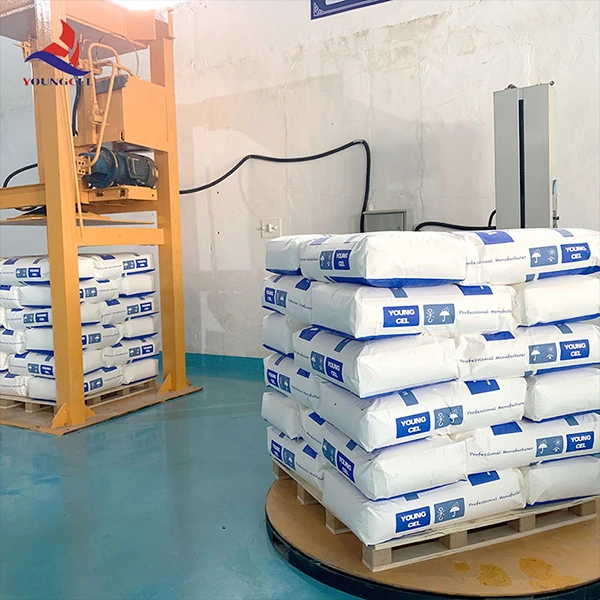The Chemistry of Cement An Essential Component in Construction
Cement is one of the most critical materials used in the construction industry, acting as a binding agent in concrete and mortar. Its chemical composition and properties significantly influence the durability and strength of structures. Understanding the chemistry behind cement is essential for optimizing its performance and developing more sustainable building solutions.
The Chemistry of Cement An Essential Component in Construction
Tricalcium silicate (C3S) is the most crucial compound in cement, known for its ability to provide early strength. When mixed with water, C3S reacts to form calcium silicate hydrate (C-S-H) and calcium hydroxide (CH), contributing to the strength of the concrete within the first few days. In contrast, dicalcium silicate (C2S) reacts more slowly, providing strength over a longer period and contributing to the long-term durability of concrete structures.
cement chemical

Tricalcium aluminate (C3A) influences the setting time of cement. It reacts quickly with water, providing initial strength but can also lead to rapid setting, which can be detrimental in hot weather or when working on large construction sites. To control the setting times, gypsum is added during cement production to form calcium sulfate, which moderates the activity of C3A.
The tetracalcium aluminoferrite (C4AF) performs a lesser role in strength development but contributes to the color and helps reduce the melting temperature of the clinker, improving energy efficiency during the manufacturing process. The overall chemical reactions in cement hydration ultimately lead to the establishment of a solid matrix where the water is encapsulated in a network of calcium silicate hydrates.
Modern advancements in cement chemistry have aimed at reducing the carbon footprint of cement production. Traditional cement production is associated with high CO2 emissions, primarily due to the limestone calcination process. Innovations like the development of alternative binders, incorporation of industrial by-products, and improving energy efficiency have become a focus for researchers and manufacturers alike. Sustainable alternatives, such as geopolymer cements, which use waste materials like fly ash or slag, are also gaining traction in the industry.
In conclusion, the chemistry of cement is fundamental to its role in construction. With a deep understanding of its chemical properties and reactions, we can enhance the material’s performance and work towards more sustainable practices in the industry. As the global demand for infrastructure grows, innovations in cement chemistry will play a pivotal role in shaping the future of construction.
-
The Versatility of Industrial Additives: Mhec, Hpmc, And Wall Putty SolutionsNewsMar.28,2025
-
The Importance of HPMC in Modern IndustriesNewsMar.28,2025
-
Partnering with Reliable Manufacturers for Optimal ResultsNewsMar.28,2025
-
Enhancing Construction Performance with Redispersible Polymer PowdersNewsMar.28,2025
-
Enhancing Construction and Household Products with Advanced AdditivesNewsMar.28,2025
-
Building Strong Foundations with Key Construction MaterialsNewsMar.28,2025






